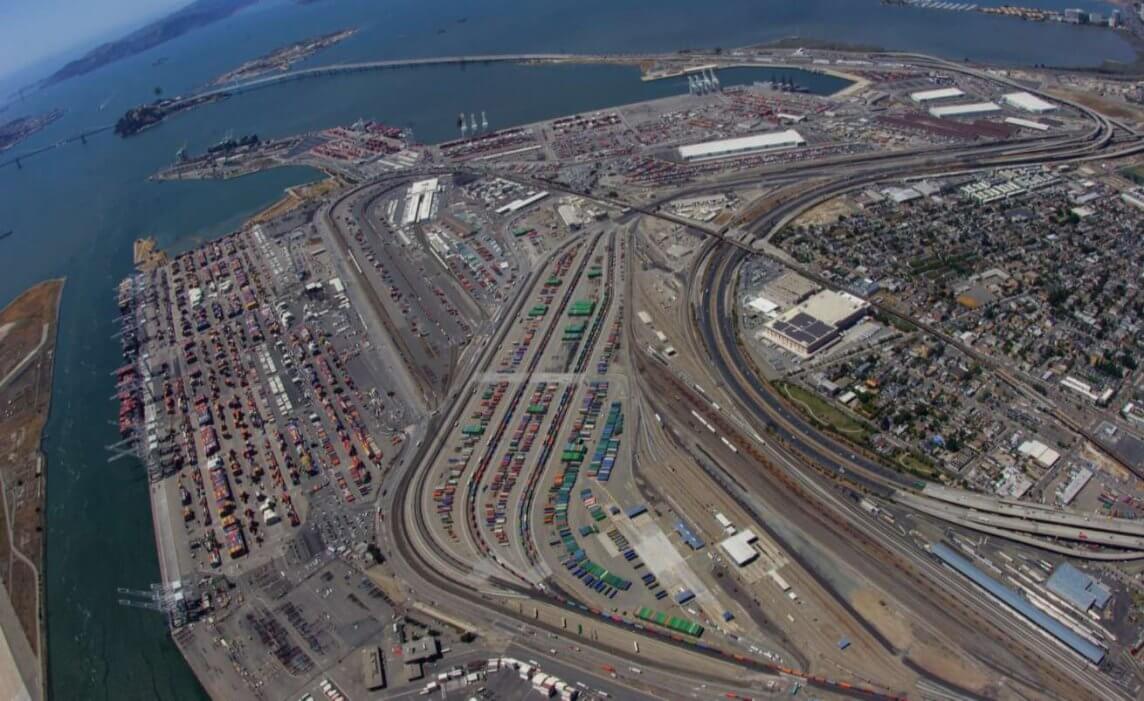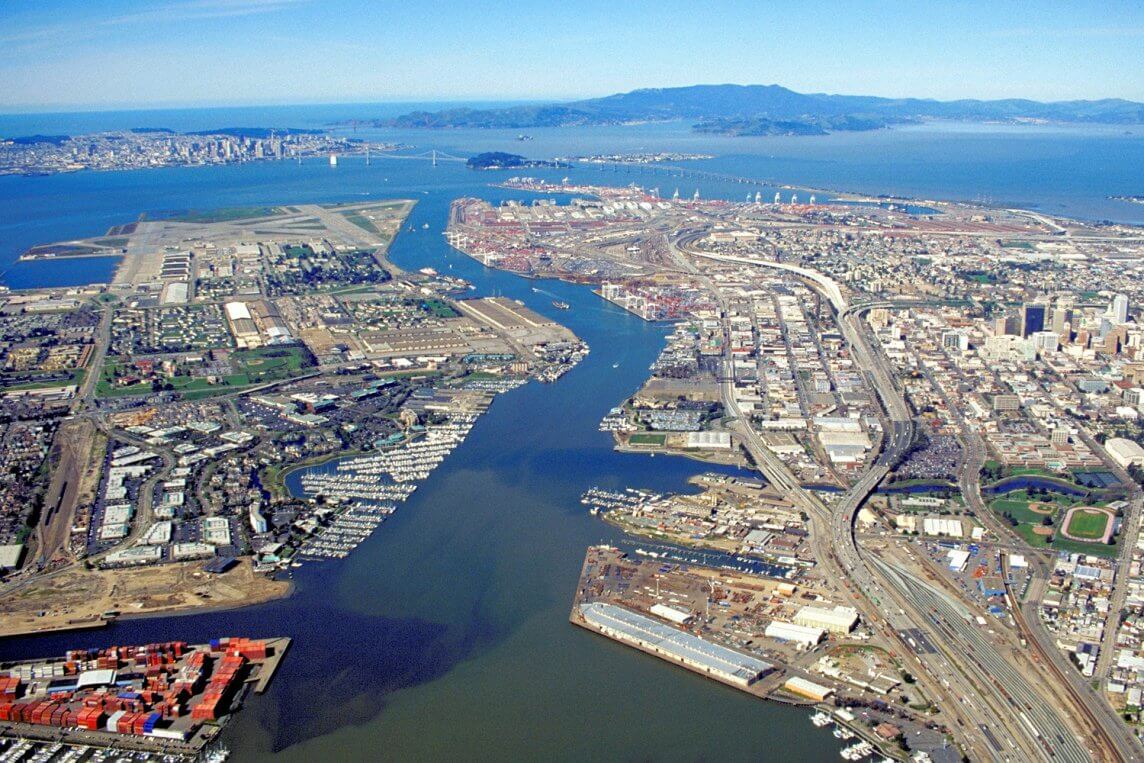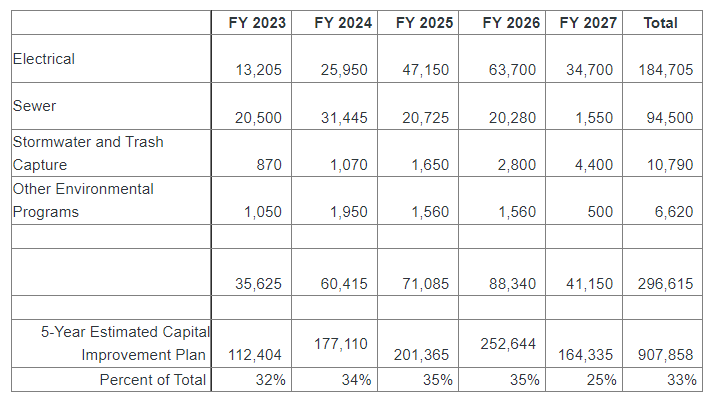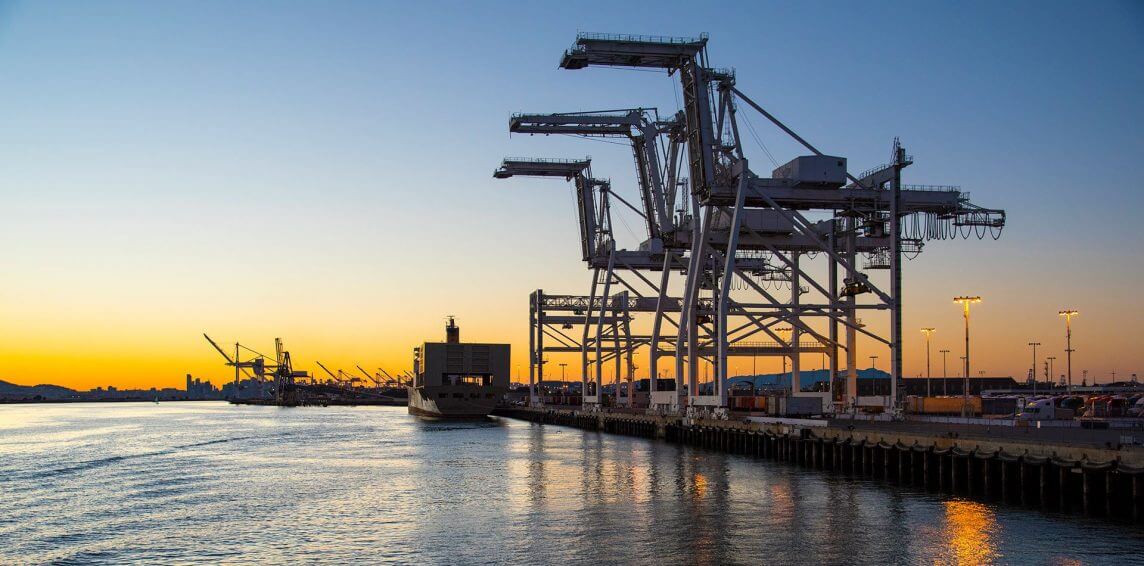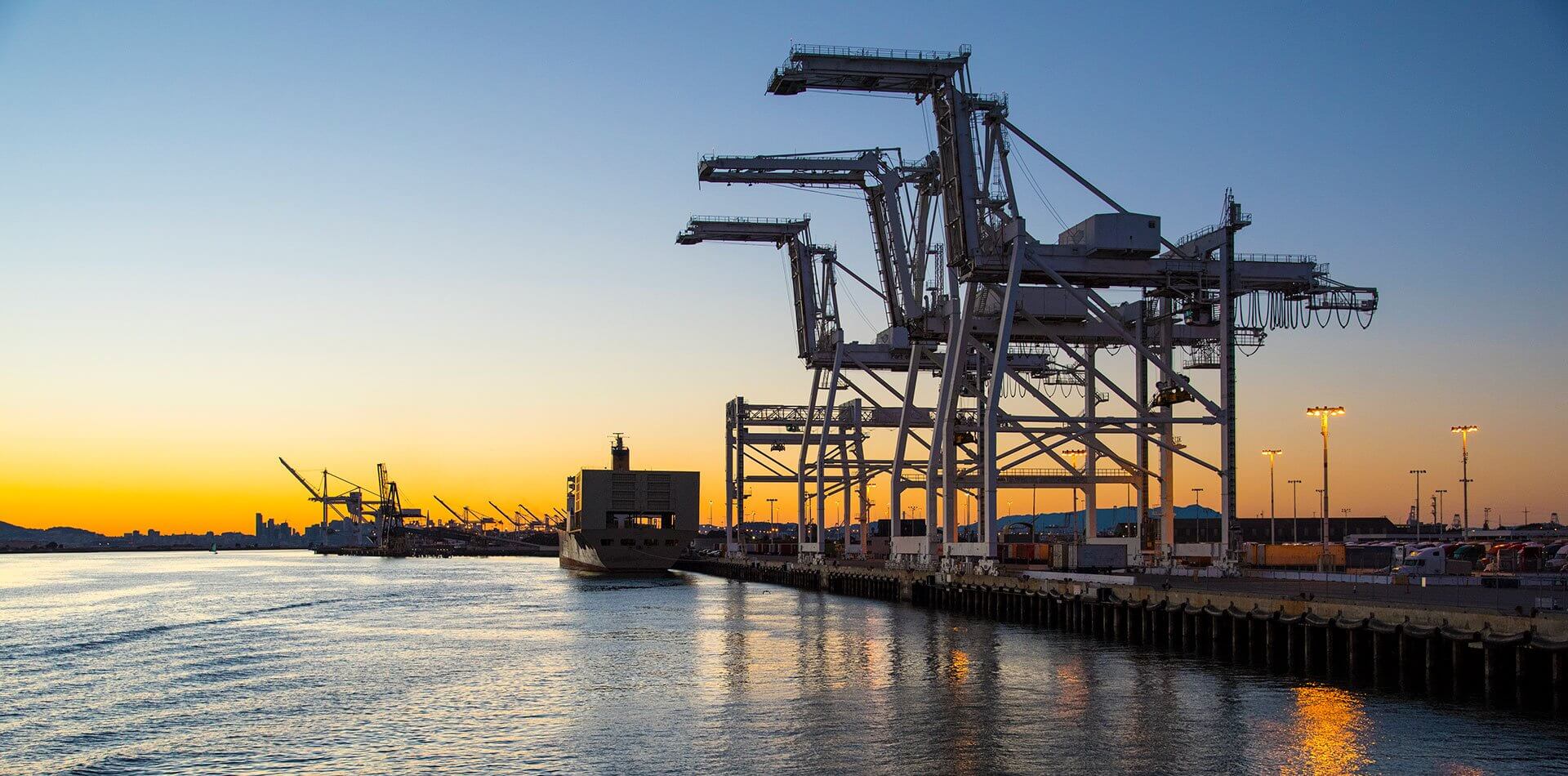
Port of Oakland has announced that its marine terminals have resumed operations since Saturday, 23 July, after several days of disruption by truck drivers protesting the worker law AB5.
“The Port of Oakland has resumed full operations,” confirmed port executive director, Danny Wan, who noted, “We appreciate the independent truck drivers’ use of the designated Free Speech Zones and we thank local law enforcement for their continued assistance.”
Wan added, “The truckers have been heard and we now urge them to voice their grievances with lawmakers, not the Port of Oakland.”
City of Oakland, regional and state law enforcement are continuing to monitor and implement measures to keep traffic flowing, according to the port statement.
The Californian port said that last week’s protests have prevented the flow of international commerce including medical supplies, agricultural products, auto and technology parts, livestock, and manufacturing parts.
Source: Container News
